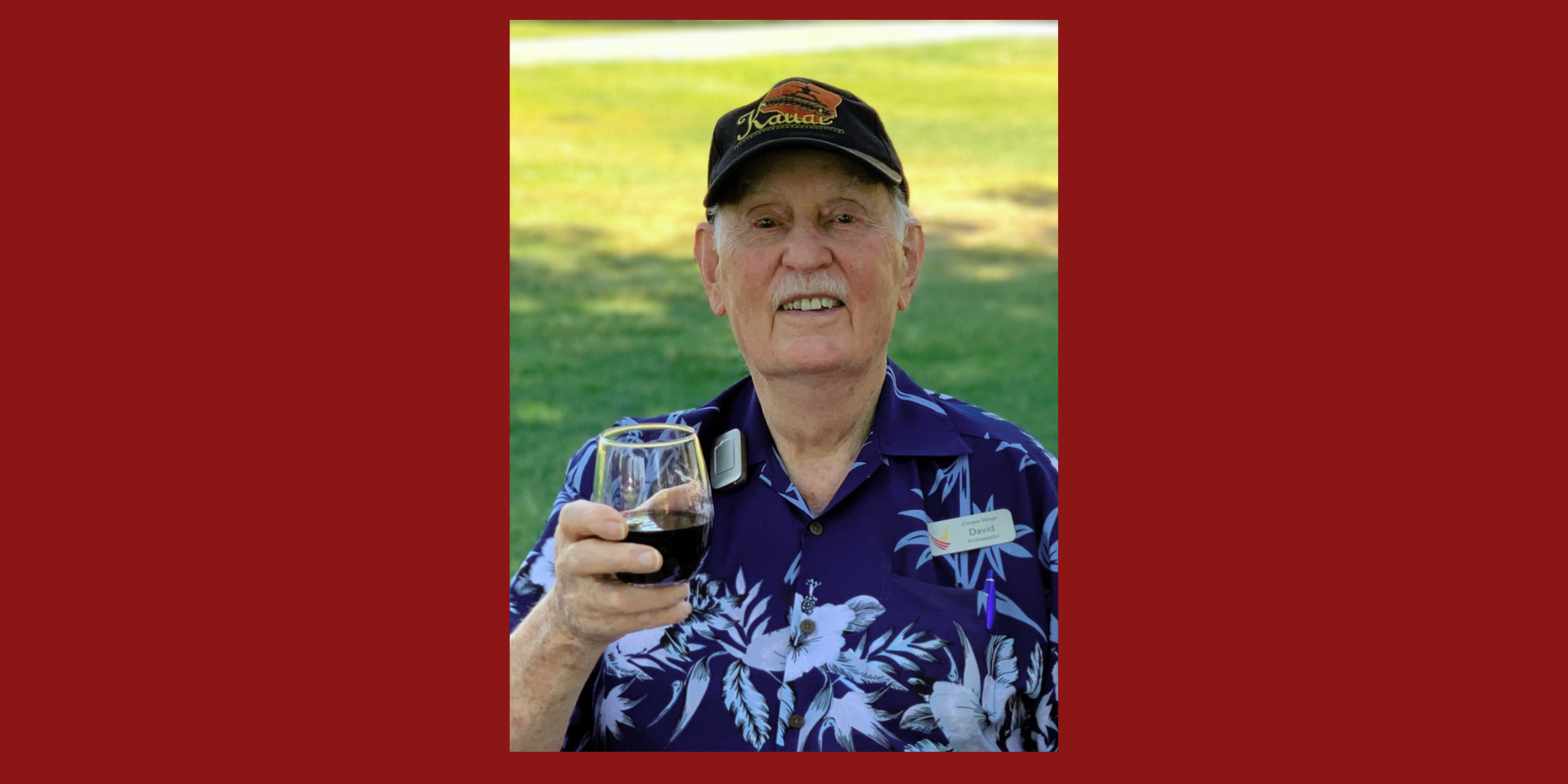David Thompson, industrial engineer and expert in ergonomics, has died
David A. Thompson, a noted expert in the field known as ergonomics and a professor emeritus of industrial engineering, which became today’s Department of Management Science and Engineering, died in Paso Robles, California, on November 25, 2023. He was 94.
Early on in his career, Thompson studied the physical demands of the modern workplace on professions like bus driving. Later, the subject was computer workstations. In 1992, the San Jose Mercury News, describing the then-retired Thompson as an “ergonomics consultant,” quoted him in a piece critical of the field in general. “There are a lot of snake oil salesmen. It’s buyer beware. There is no authorized label, no holy water that you can sprinkle on chairs and say its ergonomic,” Thompson said.
He was equally outspoken about the effects of glare on the eyes and long periods of sitting and staring at screens all day. He made recommendations on ways to improve technology and combat sedentary jobs. What’s more, he said, those lessons needed to be applied not only to the workplace but also in the home. Technology, he believed, should be adapted to make people more productive, not vice versa – adapting people to the technology to make the technology more productive.
Thompson’s industrial design classes were popular and branched out beyond mere ergonomics to include products designed to achieve his larger goals. One class project, Engineering 108: Work Design and Measurement, took on the challenge of adapting technology to people. A Stanford news article from 1979 focused on a class project that seemed to presage the smartphone. Four students had designed a “little box,” just 13cm x 8cm x 2.5cm, that could fit in “purse or pocket” and contain “just about all the information anyone might want for daily coping with life.”
It was all offered up via 16 buttons that included calendar, budget, date and time, translation, and calculator. The TV guide was a press away, as was a stopwatch. Phone numbers and birthdates of friends and family were always handy. Have an upcoming trip? Maps of your destination city could be stored on magnetic strips for easy download to the “little box.” Thompson was especially proud of the “decision-tree” structure of the information working from generic to specific that “infinitely expands as the decision-tree expands.” At the time, the creators thought they might be able to deliver a commercial product within five years.
David Alfred Thompson was born September 9, 1929 in Chicago. He earned his bachelor’s degree in mechanical engineering at the University of Virginia in 1951 and his master’s in engineering at the University of Florida in 1956. His doctorate was earned at Stanford in 1961. Teaching while a doctoral candidate, Thompson transitioned directly to assistant professor at Stanford upon earning his PhD. He retired from Stanford in 1983 but continued to work as a consultant until 2014, when he retired for good.
He is survived by a sister, Grace; daughters Lynda and Diane; son-in-law, Art; the second of his four wives, Leeya, and her daughter, Kristine, and grandkids; and his many loved nieces, nephews, and stepchildren.
At Thompson’s request, there are no memorial or funeral services planned.



